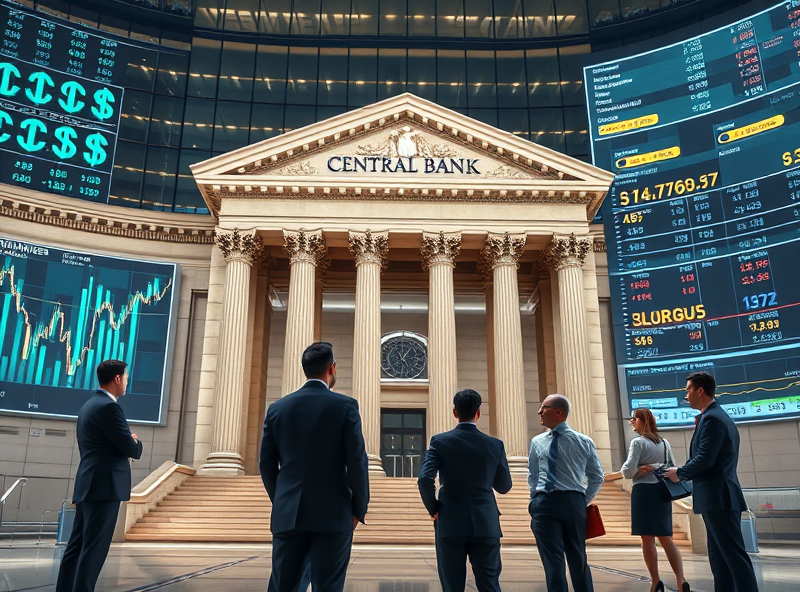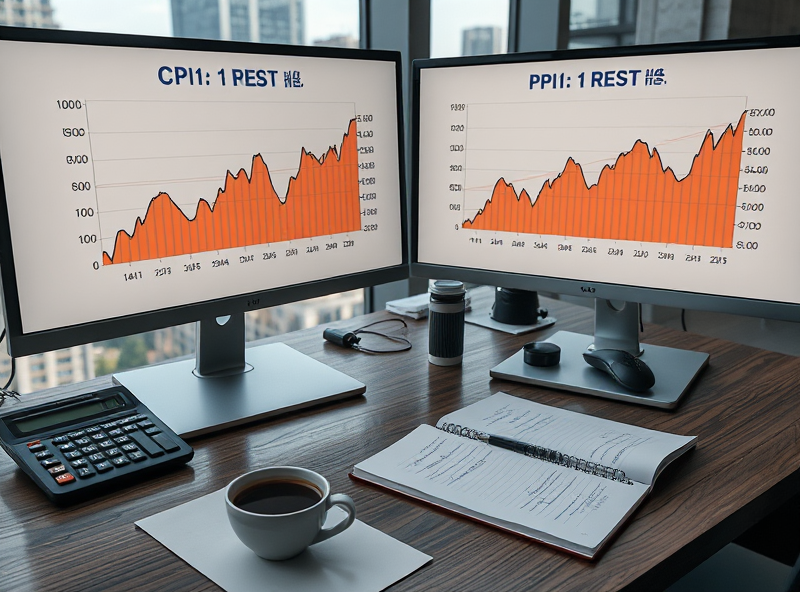Central Bank Policies and Market Dynamics

Central banks play a pivotal role in shaping the global economy and influencing market dynamics. Their policies, such as interest rate adjustments, quantitative easing, or tightening, have far-reaching effects on financial markets, businesses, and individuals. For instance, when central banks lower interest rates, borrowing becomes cheaper, encouraging businesses to invest and consumers to spend. Conversely, higher interest rates can cool down inflation but may also slow economic growth.
Understanding these policies can help individuals make informed financial decisions. For example, if interest rates are expected to rise, locking in a fixed-rate mortgage or refinancing existing loans might be a wise choice. Similarly, businesses can plan their investments and operations based on anticipated monetary policies. Staying informed about central bank decisions can empower you to navigate market changes more effectively and safeguard your financial well-being.
Inflation Indicators: CPI and PPI Impacts

Inflation is a critical factor influencing economies and financial markets worldwide. Two key indicators used to measure inflation are the Consumer Price Index (CPI) and the Producer Price Index (PPI). The CPI tracks the average change in prices paid by consumers for goods and services, offering insights into the cost of living and purchasing power. On the other hand, the PPI measures the average change in selling prices received by domestic producers, reflecting inflation at the production level. Both indicators are closely monitored by central banks to guide monetary policy decisions. For instance, a rising CPI may prompt central banks to increase interest rates to curb inflation, which can affect borrowing costs, investment, and overall market dynamics. Similarly, changes in the PPI can signal shifts in production costs, potentially impacting corporate profit margins and stock prices. Understanding these indicators can help individuals and businesses make informed financial decisions, such as adjusting budgets, planning investments, or anticipating market trends.
Labor Market Trends and Their Influence

The labor market plays a crucial role in shaping the economy and influencing financial markets. Understanding labor market trends can help individuals and businesses make informed decisions. For instance, when unemployment rates are low, it often signals a strong economy, which can lead to increased consumer spending and business investments. However, tight labor markets can also drive wage inflation, impacting corporate profit margins and, ultimately, stock market performance. On the other hand, high unemployment rates may indicate economic challenges, potentially leading to reduced consumer confidence and slower economic growth.
Moreover, shifts in labor market dynamics, such as the rise of remote work, the gig economy, and advancements in automation, are reshaping how businesses operate and hire talent. For example, remote work has allowed companies to access a global talent pool, while automation is driving efficiency but also raising concerns about job displacement. Staying informed about these trends can help individuals adapt to changes, whether by upskilling to meet new job demands or exploring opportunities in emerging industries. Businesses, too, can benefit by aligning their strategies with labor market shifts to remain competitive.
In conclusion, keeping an eye on labor market trends is not just about understanding employment statistics; it’s about recognizing the broader economic implications and preparing for the future. Whether you’re an investor, a business owner, or a job seeker, staying informed can empower you to make better decisions in an ever-evolving economic landscape.
Consumer Confidence and Future Predictions

Consumer confidence is a critical indicator of economic health, as it reflects how optimistic or pessimistic individuals feel about their financial situation and the broader economy. When consumer confidence is high, people are more likely to spend, which drives economic growth. Conversely, low confidence can lead to reduced spending, slowing down the economy. In recent months, consumer confidence has shown fluctuations due to factors like inflation, interest rate changes, and global uncertainties. Understanding these trends can help individuals and businesses make informed decisions. For instance, if confidence is low, businesses might focus on cost-saving strategies, while individuals could prioritize saving over spending. Staying informed about consumer confidence trends allows you to anticipate economic shifts and adjust your financial strategies accordingly.



